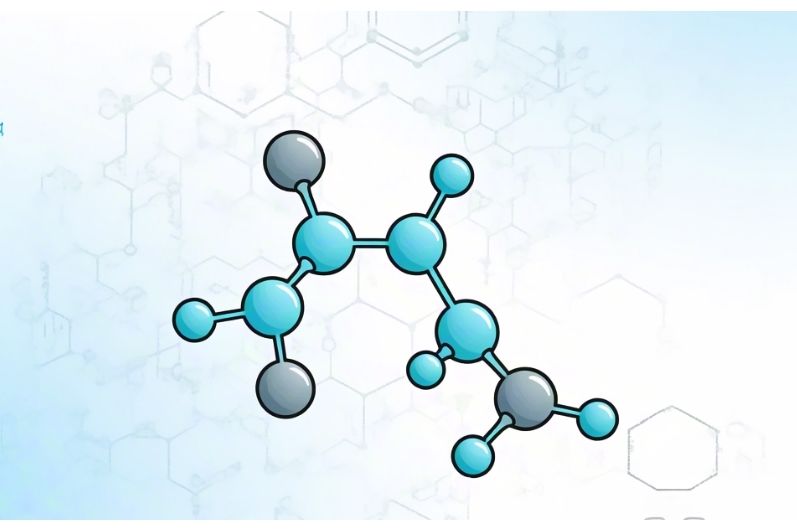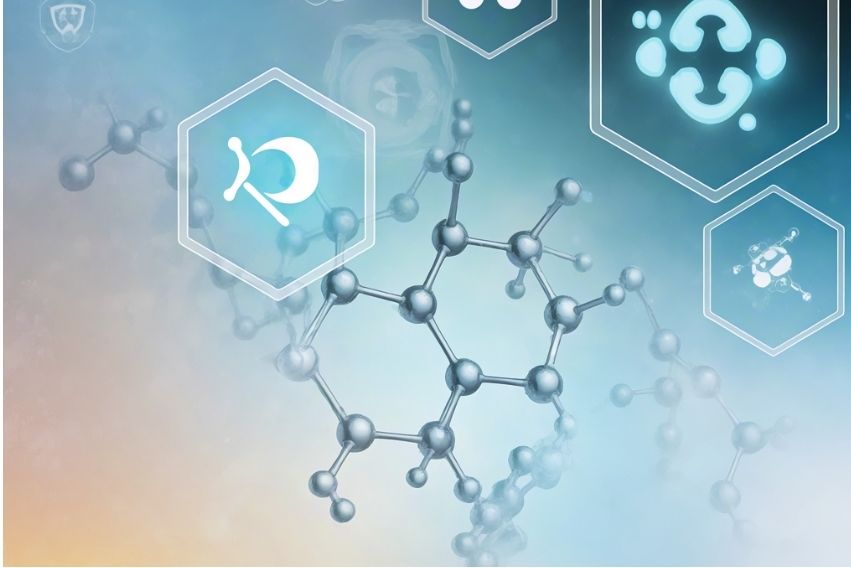Toxin Complex (Tc)-Glycan Interaction Predictive Modelling Service
Mapping the Terrain of Toxin Complex (Tc)-Glycan Affinities: Precision Predictive Modeling Redefined!
CD BioGlyco employs advanced computational methods to predict and analyze the interactions between Tc and glycans. Through sophisticated algorithms and predictive modeling techniques, we provide a forecast for the dynamics and affinities of these interactions to help clients research in various fields such as drug development, biotechnology, and molecular biology. Tc is a widespread type of toxin in insect and human bacterial pathogens. Given the binding of various toxins to glycans on target cells, it is necessary to predict the interaction between Tc and glycans. Understanding the intricate interactions between Tc and glycans at a microscopic level is crucial for comprehending diverse biological phenomena.
Binding sites prediction
We provide various computational methods to predict glycan binding sites on Tc.
We examine amino acid propensities in sugar-binding sites of known Tc structures, optimizing these propensities to calculate the likelihood of a protein surface patch being a glycan-binding site.
Three-dimensional probability density maps of protein atoms around monosaccharide moieties are constructed to identify potential binding sites.
Besides, neural networks trained with evolutionary sequence information are employed to predict glycan binding sites.
By representing tentative glucose binding sites with a vector of geometric and chemical features, we predict Tc-glycan binding sites using support vector machines.

Simulation of Tc-glycan complexes
We utilize state-of-the-art molecular dynamics simulations and customized force fields to build complexes. For computer simulations of Tc-glycan complexes, we need two types of input information:
First, we require the initial structure of the system, which we can obtain from either experimental data or modeling.
Besides, we utilize the force field, which consists of empirical potential energy functions derived from either quantum chemistry calculations or fitted from experimental observations.
With this information, simulations of complex biomolecular systems are conducted, as these functions dictate atomic interactions. Subsequently, we calculate their free energies, which are utilized for predicting binding occurrences, and are contingent upon the internal and solvent energy contributions. By incorporating polarizable force fields and addressing the challenges of interactions and scaling factors, we aim to enhance the fidelity of carbohydrate recognition modeling in our analyses. The Tc-glycan complex we simulate is aiding clients in comprehending carbohydrate recognition mechanisms across diverse systems.
Publication Data
Technology: Glycan interaction microarray, Biolayer interferometry (BLI), Flow cytometry, Confocal microscopy, Atomic model building and refinement, Molecular docking
Journal: Nature Communications
Published: 2020
IF: 16.6
Results: In this study, the authors identified heparins/heparan sulfates and Lewis antigens as receptors for different TcAs from insect and human pathogens. It revealed that TcAs bind to these receptors on the host cell surface through glycan-dependent association mechanisms. The authors also carried out the building and refinement of atomic models for three toxins, along with the molecular docking. For Photorhabdus luminescens TcdA1, a model from PDB 6RW6 was rigid-body fitted into a 5.0 Å density map. For Morganella morganii TcdA4 (Mm-TcdA4) and Xenorhabdus nematophila XptA1 (Xn-XptA1), models from PDB 6RW9 and 6RW8, respectively, were rigid-body fitted into density maps and refined using PHENIX and Rosetta. AutoDock Vina via UCSF Chimera was used for molecular docking, protonating protein interface regions, and docking heparin or Lewis X to specific sites.
 Fig.1 Diagram of the intoxication mechanism of Tc. (Roderer, et al., 2020)
Fig.1 Diagram of the intoxication mechanism of Tc. (Roderer, et al., 2020)
Advantages
- Our research team is experienced in computational chemistry, so they skillfully conduct simulations of glycosylated proteins and carbohydrate-protein complexes.
- We utilize diverse glycoinformatics tools and innovative methodologies to develop a valuable strategy to research the mechanisms of glycan recognition in diverse biological contexts.
- We combine knowledge from different fields including bioinformatics, structural biology, and immunology, thereby nurturing innovative methodologies.
Applications
- Understanding the molecular mechanisms of host-pathogen interactions facilitated by toxin-glycan binding.
- Designing novel therapeutic strategies targeting toxin-glycan interactions for infectious diseases.
- Facilitating drug discovery by identifying potential inhibitors of Tc-glycan interactions through computational simulations.
Frequently Asked Questions
- What is the structure of Tc toxins?
- The tricomponents comprising Tc toxins encompass TcA, TcB, and TcC. Weighing approximately 1.4 megadaltons, TcA presents itself as a homopentameric, bell-shaped entity pivotal in orchestrating target cell affinity, membrane infiltration, and toxin transfer. At its core, TcA features a pre-existing conduit enveloped by an external casing fashioned from a structurally invariant α-helix domain embellished with diverse receptor-binding domains (RBDs). Bridging the shell and conduit is an elongated connecting segment. Concurrently, the coalition of TcB and TcC amalgamates into a cocoon of around 250 kilodaltons, encapsulating the hazardous element C-terminal hypervariable region of TcC, weighing approximately 30 kilodaltons, which undergoes self-catalyzed proteolytic cleavage and resides within the cocoon.
- In addition to the Tc-glycan interaction predictive modelling service, what other predictive modeling services do we offer?
CD BioGlyco provides diverse advanced computational methods and specialized tools to address the challenges associated with studying Glycan-Molecular Interaction in molecular dynamics simulations. This service will help comprehensively research the complex interplay between glycans and biomolecules. Contact us to explore the field of glycoscience!
Reference
- Roderer, D.; et al. Glycan-dependent cell adhesion mechanism of Tc toxins. Nature Communications. 2020, 11(1): 2694.
For research use only. Not intended for any diagnostic use.
Quick Links
Related Services



 Fig.1 Diagram of the intoxication mechanism of Tc. (Roderer, et al., 2020)
Fig.1 Diagram of the intoxication mechanism of Tc. (Roderer, et al., 2020)


